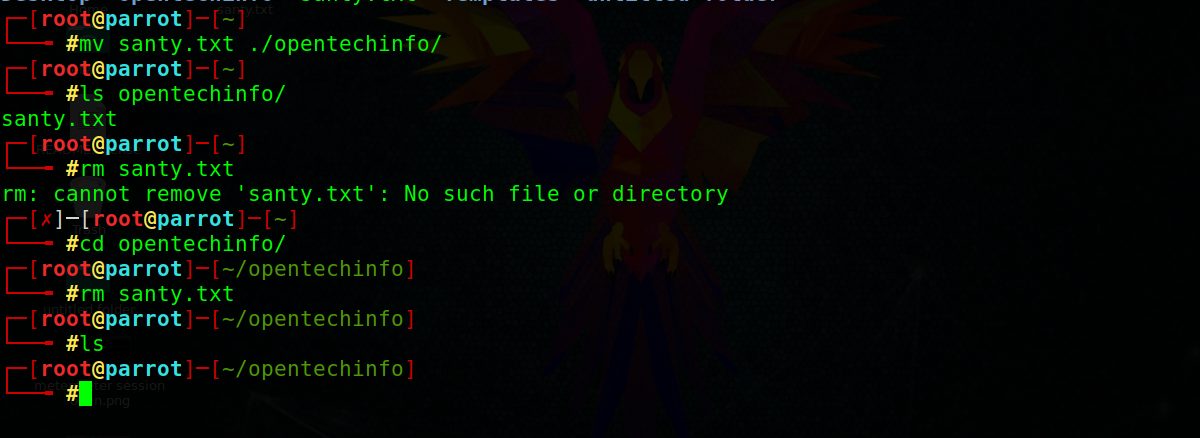

So in this example, our source file is test.txt and the destination is servername. With scp you can copy from your local system to the remote system, but you need to know the source and destination. Uploading test.txt to /home/admin/test.txt Then you can type ls to check whether test.txt has been uploaded. Let's put a file test.txt onto the server. If you precede those commands with an l, that's for local, lpwd display your local working directory, and lls will show files & directories in your current local directory. Examples Example - SFTPĪfter use sftp connected to the remote server servername, you can use pwd to check your current working directory on the server, and ls to show all the files & directories in the current remote directory. If given the choice between SCP, SFTP or FTP, pick SCP or SFTP. The files that you upload and download are not encrypted either. This means that your login credentials are sent in plain text over the network.

Important: Just be aware that FTP is not a secure transfer protocol like SCP and SFTP. In such cases you can use the built-in FTP command line client on Linux, Mac, or a graphical client like WinSCP for Windows. Sometimes FTP, called file transfer protocol, is enabled. SCP and SFTP are not the only way to transfer files to remote system. WinSCP is a Windows only SCP and SFTP client.



 0 kommentar(er)
0 kommentar(er)
